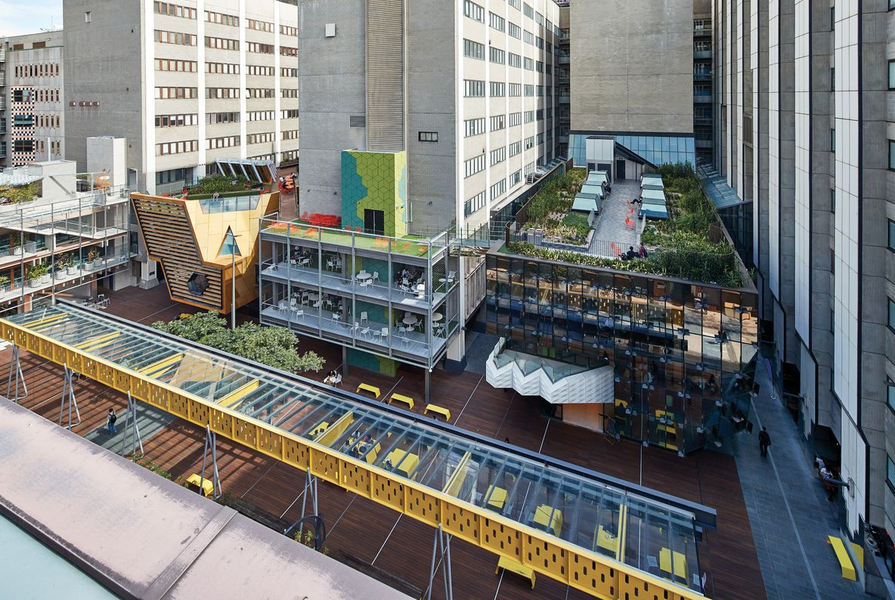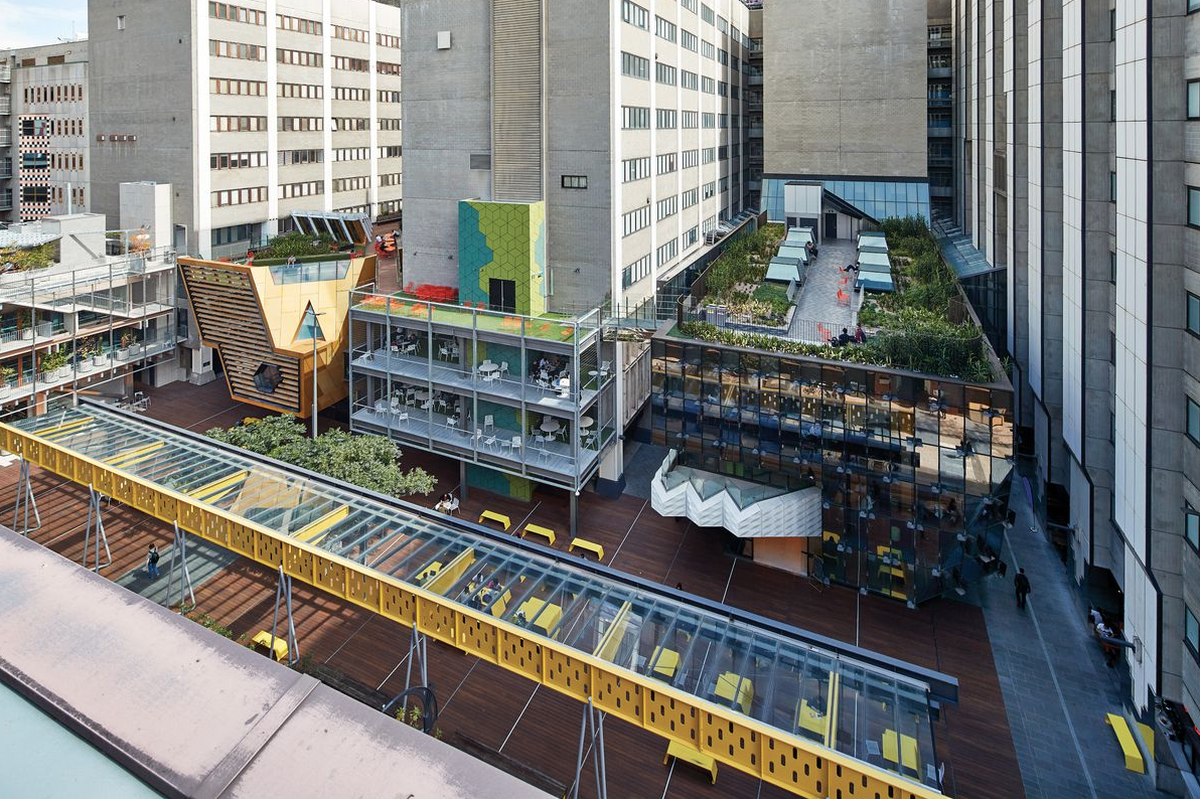City of Melbourne councillors have endorsed a set of new urban design rules for central Melbourne, as well as a decades-long plan for improving design excellence in the city, at a meeting of the Future Melbourne Committee on 19 November.
The Central Melbourne Design Guide, available here, is intended to “facilitate the delivery of high design quality for developments in the Central City and Southbank.” It supports the council’s new urban design policy, which aims to improve design quality in development proposals.
Visually focused, the guide illustrates the intended effects of the Development Overlay Schedule 1 (DDO1) within the Melbourne Planning Scheme. The guide “provides a resource to aid pre-application and application discussions between applicants and development planners. It also aims to assist urban designers in the preparation of clear and consistent design advice, as well as planning professionals with the assessment of development proposals.”
At the 19 November meeting councillors also endorsed a draft Design Excellence Program, which will now move to a consultation phase.
The draft program, available here, comprises “short, medium and long term initiatives to foster a culture of excellence in the built environment.” The initiatives detailed within the program are a combination of new proposals and existing programs.
Several initiatives in the program are already underway, including the addition of a new urban design category in the council’s Melbourne Awards program, heightened engagement with the Australian Institute of Architects’ Victorian Architecture Awards.
Lord Mayor Sally Capp said the two documents represented the first major changes to the city’s urban design policy since the 1990s.
“We want to reinforce the importance of Melbourne remaining a city for people, with great design and spaces at the ground level that are functional and appealing,” she said.
“A culture of design excellence cannot be created overnight. We want to raise the bar on urban design outcomes, generate meaningful discussions around design culture and achieve a greater contribution to the public realm from private developments.”
Nicholas Reece, chair of the council’s planning portfolio, said, “We want to encourage development that gives back to the public realm, not featureless glass towers. New buildings and urban spaces should demonstrate innovation and creativity and contribute to what in time will become our future heritage.
“Melbourne has a world-class design industry but competing priorities in projects can undermine high quality design. We’ve looked at how other cities secure great design and recommended how Melbourne could translate this locally.”












